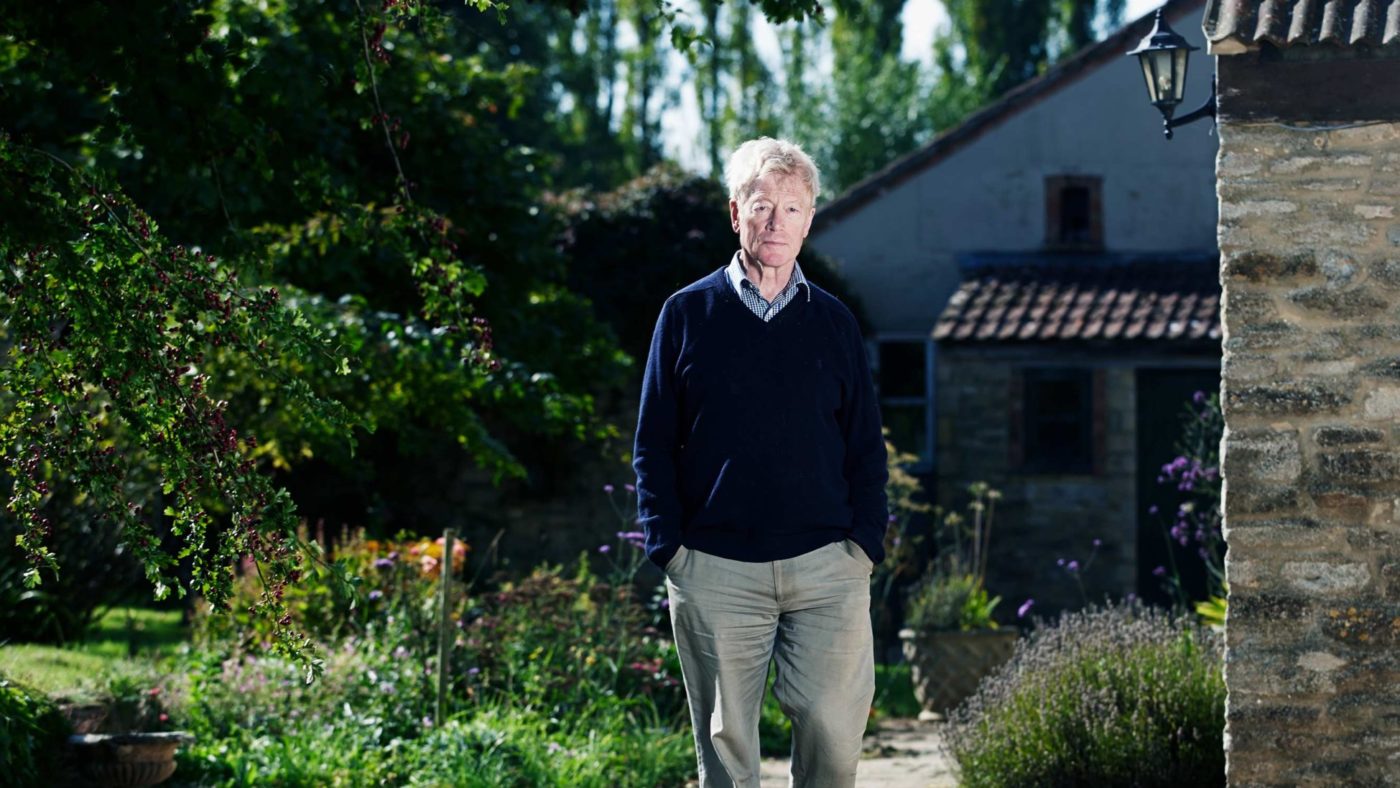Living with Beauty, the final report of the late Sir Roger Scruton’s Commission on Building Better, Building Beautiful, has no fewer than 45 recommendations to transform the quality and quantity of what we build.
Restored to his role of Chair after losing it through a misquoted and misrepresented interview with the New Statesman, Sir Roger has triumphantly cut through a Gordian tangle of myths and sacred cows with clear thinking and practical ideas. And all despite battling lung cancer diagnosed the very week of his reappointment, obliging him to attend some meetings in a wheelchair. He was still working on the report in his last days.
Housing Secretary Robert Jenrick has enthusiastically endorsed it, and I trust he will deliver on it.
After gestating for decades, points made by Alex Morton of the CPS, Prof. Robert Ellickson of Yale Law School, the late US zoning expert Robert Nelson, Mark Pennington and then most recently Jacob Rees-Mogg writing for the IEA, have finally been endorsed by an official government commission.
They should not be controversial. There is so much potential to create wealth by building more, and better, in so many parts of this country, that it must be a promising way forward to let small groups of people agree to allow more buildings of the right kind, conditioned on benefits for them and their community.
Many of the report’s proposals came from community leaders and activists, including the national organisation of civic societies, Civic Voice.
One contributor told them:
“My experience as a “community architect” in both the public rented sector… and also in the owner-occupied sector… leads me to conclude that communities will actively support development/redevelopment IF there are clear incentives. Policy must be carrot- not stick-driven.”
Our current planning system seeks neither beauty nor consensus. Instead it imposes Soviet-style targets and Solomonic judgments on the ‘right use of land’, with no thought to find win-win outcomes and little effort to ensure higher quality. No wonder the New Towns programme foundered decades ago and political resistance to new development has reduced us to half the growth in the housing stock we achieved back in the 1820s.
As the report notes, current techniques to provide benefits to local communities – section 106 agreements and the Community Infrastructure Levy – “tend to fall short of securing real consent, since they so often fail to prioritise what really matters to the public, which is the enhancement or degradation of a place”.
That’s why the chapter on communities recommends early engagement and co-design, with more community-led development and community land trusts. But the most powerful recommendation is probably to set up trials for letting residents of a single street pick a design code and vote to give themselves limited additional permissions for additional building.
The potential for architectural and financial betterment is enormous – while adding millions of homes, improving our streets, leveling up wages in the regions and giving vastly more opportunities to those who need it most. With Brexit imminent, here is one obvious way to give back control to local people.
Housing Minister Esther McVey also supports letting local communities take the lead. This could be the most promising opportunity to fix the planning system in decades.
There is to be a ‘fast track for beauty’ to ensure developments that meet local design codes get approved more quickly – although the protests by the first residents of Poundbury against later stages of that scheme imply beauty alone may not be enough to solve the politics.
There are good proposals to end, in more populated areas, exurban-style requirements for minimum numbers of parking spaces for each new building, and to remove strict rules on daylight and sunlight and large minimum distance requirements between homes, which would have prevented the construction of most of the traditional streets that people know and love. The Commission recognizes that high streets will be more viable if they are surrounded by more homes in terraces and mansion blocks than by bungalows and semi-detached houses.
The report calls for two million trees in urban areas within five years – although the challenge in denser areas is that the national agreed allocation of space for utilities under streets reserves no space for trees. Fixing that will take more work.
Perhaps the cleverest suggestion is the last: to create a new body to monitor the implementation of the report. Most reports, particularly in planning, go straight into the circular open-topped filing cabinet. That new body should be created immediately, while the momentum is strong. Nicholas Boys Smith of Create Streets, the surviving Chair of the Commission, would be an excellent choice to lead it.
Sir Roger gave his final year to this heroic effort to turn around our failed and inadequate system of planning and building. Those who value his legacy should unite to ensure the Government delivers it.
Click here to subscribe to our daily briefing – the best pieces from CapX and across the web.
CapX depends on the generosity of its readers. If you value what we do, please consider making a donation.


